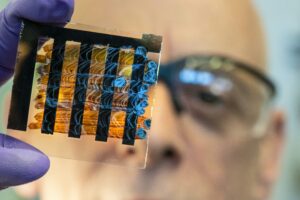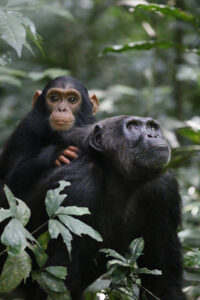
The European Space Agency (ESA) has inaugurated a state-of-the-art deep space communication antenna in Western Australia, significantly enhancing its capacity to maintain contact with spacecraft traversing the Solar System. The new facility, named New Norcia 3, is the latest addition to ESA’s Estrack tracking network and the second antenna at the New Norcia site, located approximately 120 kilometers north of Perth.
This 35-metre dish, weighing around 620 tonnes, is equipped with cutting-edge technology designed to intercept extremely faint signals from distant missions. The receiver system is partially cooled to nearly minus 263 degrees Celsius to minimize interference, enabling the capture of data transmitted from billions of kilometers away.
Inauguration Ceremony and Key Figures
The inauguration on October 4, 2025, marked a significant expansion of ESA’s communication capabilities for scientific, exploratory, and planetary defense missions. ESA Director General Josef Aschbacher led the ceremony, accompanied by Australian Space Agency Head Enrico Palermo, ESA Director of Operations Rolf Densing, and Western Australia’s Minister for Regional Development Stephen Dawson.
Also in attendance was Sabine Winton, the state’s Minister for Education, Early Childhood, Preventative Health, and Wheatbelt, underscoring the collaborative effort between Europe and Australia in advancing space science.
Technological Advancements and Future Missions
Once operational in 2026, the antenna will provide crucial support for ESA’s current flagship missions, including Juice, Solar Orbiter, BepiColombo, Mars Express, and Hera. Additionally, it is poised to play a pivotal role in future projects such as Plato, Envision, Ariel, Ramses, and Vigil, which aim to explore distant planets, monitor solar activity, and bolster planetary defense.
Officials highlighted that this new antenna not only grants Europe greater autonomy in space communications but also establishes a robust foundation for sustained exploration efforts. The strategic location in Western Australia ensures vital southern hemisphere coverage, making the station an indispensable link in the global deep space tracking network.
Strategic Importance and Global Collaboration
The announcement comes as space agencies worldwide are increasingly looking to expand their communication infrastructures to support a growing number of missions. The addition of New Norcia 3 is a testament to ESA’s commitment to meeting the escalating demands of space science over the next decade.
According to experts, the collaboration between ESA and the Australian Space Agency exemplifies the importance of international partnerships in advancing space exploration. “This facility represents a significant leap forward in our ability to communicate with and control spacecraft across the Solar System,” said ESA Director General Josef Aschbacher during the inauguration.
“The strategic location in Western Australia provides critical southern hemisphere coverage, making the station a vital link in global deep space tracking efforts.” – Josef Aschbacher, ESA Director General
Looking Ahead: Implications and Opportunities
As space exploration continues to evolve, the role of advanced communication infrastructure becomes increasingly crucial. The New Norcia 3 antenna is expected to enhance ESA’s ability to conduct complex missions and gather valuable scientific data, contributing to our understanding of the universe.
With this facility, ESA is positioning itself to address the challenges and opportunities of the coming decade, ensuring that Europe remains at the forefront of space exploration. The collaboration with Australia not only strengthens ties between the two regions but also sets a precedent for future international cooperation in space science.
The move represents a strategic investment in the future of space exploration, with potential benefits extending beyond scientific discovery to include technological advancements and economic growth. As the world looks to the stars, the New Norcia 3 antenna stands as a beacon of progress and collaboration in the pursuit of knowledge.






